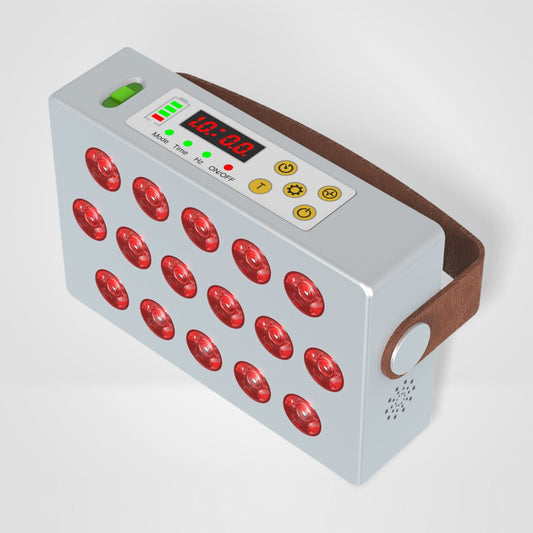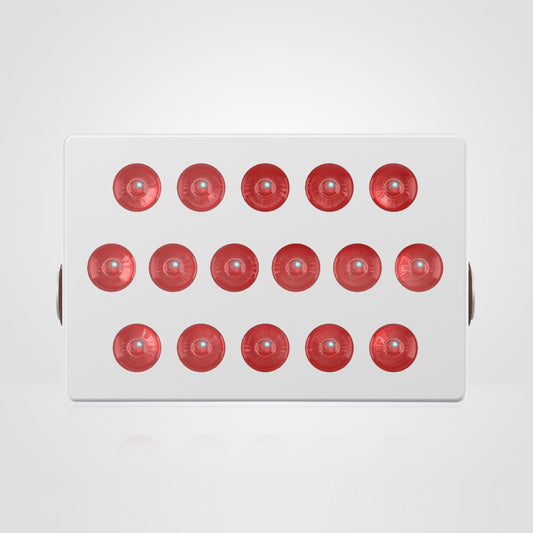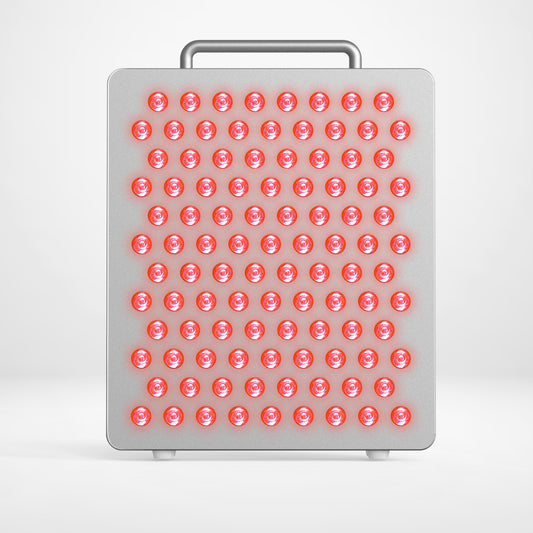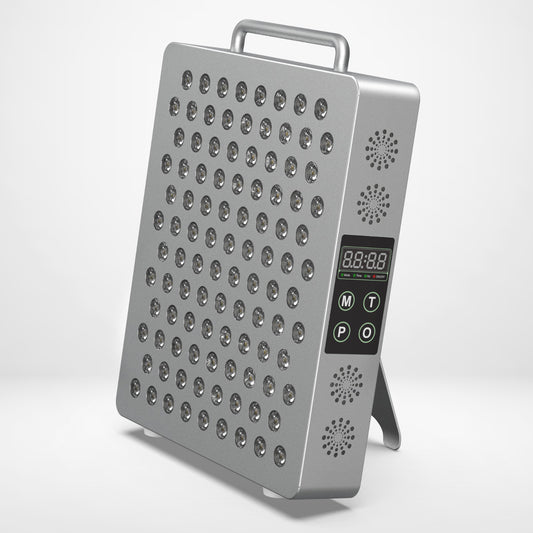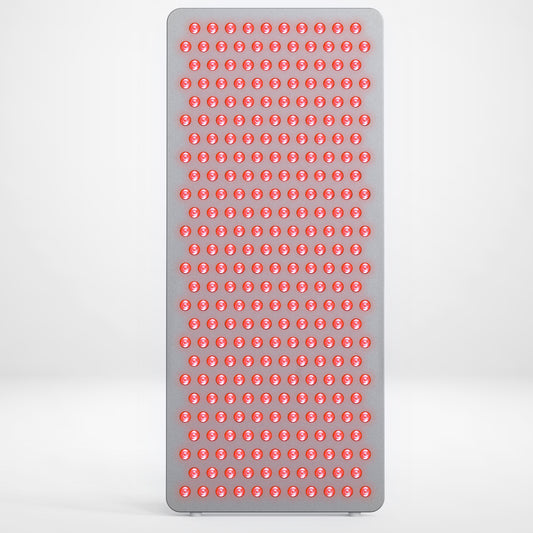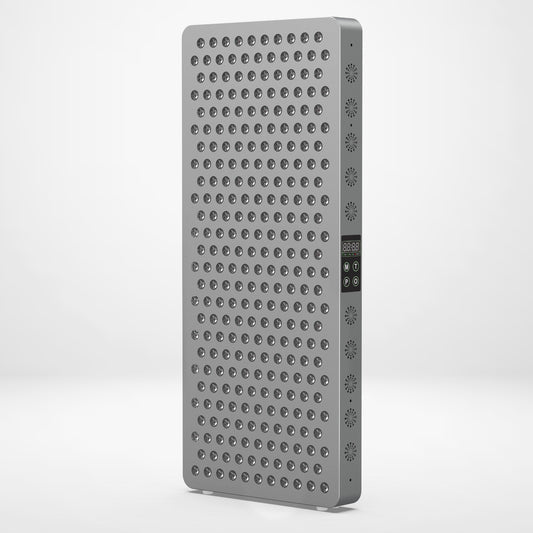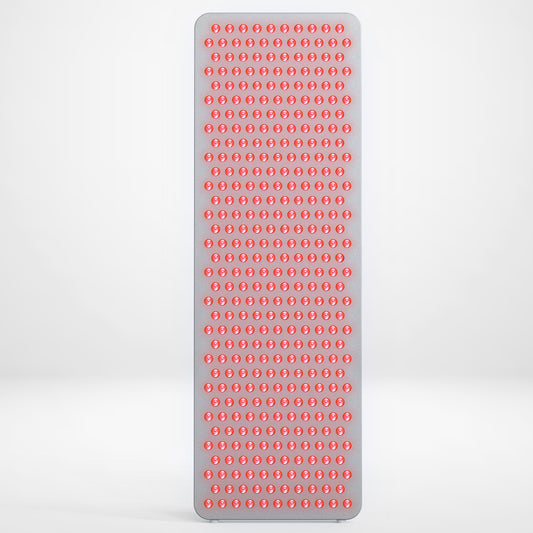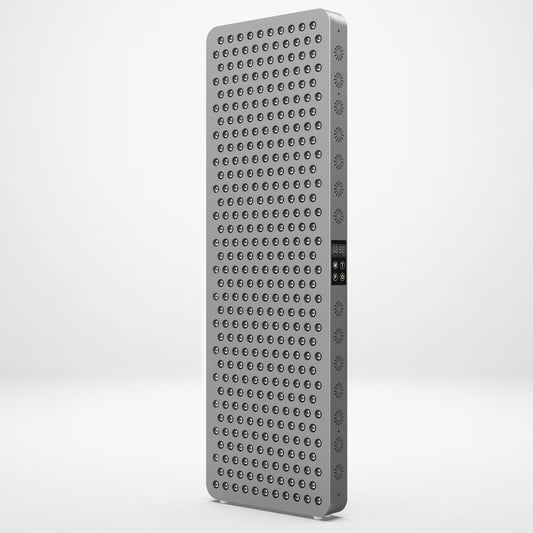Brain Function

How Does Light Therapy Positively Affect My Brain?
Light therapy or PBM (photobiomodulation) goes far beyond healing the skin and muscles. Our brains and cognitive function are both significantly influenced by light waves. If PBM can have anti-aging effects on our skin, then why not on our minds too? Science tells us that certain light waves are powerful enough to penetrate through our skulls and directly affect the cells of our brain, on a molecular and cognitive level.
How Does this Benefit my Overall Health?
Often the common link between many brain disorders is poor cerebrovascular perfusion (blood circulation through the brain). If this isn't adequate, we can face problems such as stroke, cognitive impairment, or simply a quicker decline in overall cognitive function.
Science suggests that light therapy can help those who suffer from a variety of cognitive impairments, including age-related diseases such as Alzheimer's, dementia or injury related issues. However, this therapy also benefits those with no existing neurological deficits. Certain light waves can promote neuro-regeneration as well as enhance a wide spectrum of cognitive abilities, including memory.
PBM achieves these benefits this through a series of minute processes. We know that our brains rely heavily on oxygen and mitochondria to keep things running smoothly. Just like with our muscles and skin, the light waves promote improved blood flow and enhanced mitochondrial function. PBM can dilate the blood vessels in our brain, which immediately increases significant blood flow to the area.
This is done so effectively because these light waves have a tendency to increase nitric oxide content in the area they're exposed to. Nitric oxide is a molecule that exists naturally in our bodies and is essential dilating our blood vessels (and increasing blood flow).
What Science is Telling Us
"There is some evidence that all these seemingly diverse conditions can be beneficially affected by applying light to the head. There is even the possibility that PBM could be used for cognitive enhancement in normal healthy people." Source: https://www.ncbi.nlm.nih.gov/pmc/articles/PMC5066074/
Hamblin M. R. (2016). Shining light on the head: Photobiomodulation for brain disorders. BBA clinical, 6, 113-124. Source: https://doi.org/10.1016/j.bbacli.2016.09.002
"The NO that is released by photodissociation acts as a vasodilator as well as a dilator of lymphatic flow."
Hamblin M. R. (2016). Shining light on the head: Photobiomodulation for brain disorders. BBA clinical, 6, 113-124. Source: https://doi.org/10.1016/j.bbacli.2016.09.002
"Animal studies of low-level infrared light therapy (LLLT) have shown demonstrable neuroregeneration and repair." Source: https://www.ncbi.nlm.nih.gov/pmc/articles/PMC4870908/

